The AWS Cloud Adoption Framework (CAF) is a structured framework developed by Amazon Web Services to help organizations transition to the cloud effectively and efficiently. It offers a comprehensive set of guidelines and best practices that support the alignment of a company’s business and IT strategies with their cloud adoption goals, ensuring a holistic approach to moving workloads to the cloud.
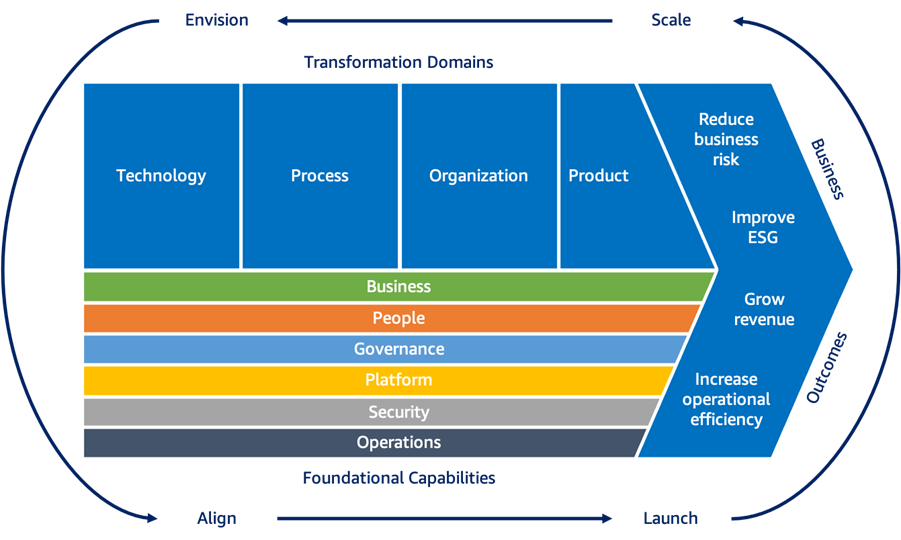
The AWS Cloud Adoption Framework provides a structured approach for organizations looking to navigate their journey to the cloud. By aligning cloud strategies with business goals, the AWS Cloud Adoption Framework helps enterprises develop the necessary capabilities to achieve operational efficiency, agility, and scalability. This framework comprises various perspectives, including business, governance, and technology, which together create a comprehensive pathway to cloud success. For organizations prioritizing digital transformation, the AWS Cloud Adoption Framework is an essential tool to guide every phase of cloud migration and optimization. Leveraging the AWS Cloud Adoption Framework can enhance decision-making, reduce costs, and streamline the deployment process.
The AWS Cloud Adoption Framework (CAF) organizes its guidance into six key perspectives to help organizations thoroughly prepare for a cloud transformation. Each perspective focuses on different organizational stakeholders and aspects of the transition:
Aligns business goals with cloud adoption by defining KPIs, business outcomes, and assessing the impact of cloud on business models.
Focuses on organizational change management, ensuring staff are prepared and skilled for cloud adoption, and defining talent development strategies.
Establishes organizational structure, risk management, and financial controls, focusing on aligning cloud operations with regulatory and compliance standards.
Involves the technology infrastructure, ensuring the cloud environment is built on scalable, secure, and resilient architectures.
Concentrates on identifying and implementing the security controls required to protect data, systems, and operations in the cloud.
Ensures ongoing operations are streamlined and effective, focusing on operational processes, monitoring, and optimizing for reliability and efficiency.
These perspectives guide organizations through a balanced, comprehensive approach to cloud adoption, tailored to address both technical and business aspects of the transition.
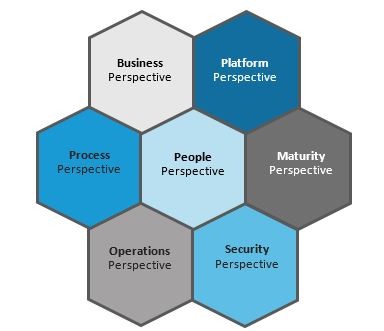
Following these steps enables a comprehensive, structured approach to implementing the AWS CAF, ensuring a smooth and effective transition to cloud-based operations aligned with business objectives.
🎯 Optimize Strategy, Security & Scalability.
By using AWS CAF, enterprises can achieve a comprehensive, well-managed cloud journey that is aligned with their business vision and optimized for growth, agility, security, and operational excellence.
Description: This tool helps assess workloads against AWS best practices, enabling organizations to evaluate their cloud architecture across operational excellence, security, reliability, performance efficiency, and cost optimization.
Use Case: Organizations can use this tool to ensure their architecture aligns with the CAF perspectives, identifying areas for improvement.
Description: CART is an assessment tool that helps organizations evaluate their readiness for cloud adoption. It provides insights into strengths and areas that need improvement across the six CAF perspectives.
Use Case: Organizations can utilize CART to create a baseline for their cloud readiness and develop a targeted roadmap for migration.
Description: AWS offers a range of training programs and certifications to enhance cloud skills within organizations. This includes classroom training, online courses, and hands-on labs.
Use Case: Organizations can develop cloud expertise among their teams, ensuring that employees have the skills necessary to support cloud initiatives effectively.
Description: This service allows users to define and provision AWS infrastructure as code. It enables consistent and repeatable deployments across environments.
Use Case: Organizations can use CloudFormation to automate infrastructure deployment, ensuring that their cloud resources are provisioned according to best practices outlined in the CAF.

Description: AWS Cost Explorer provides insights into AWS spending and usage patterns, allowing organizations to visualize and analyze costs over time.
Use Case: Organizations can leverage Cost Explorer to manage and optimize cloud spending, ensuring alignment with financial governance and cost optimization objectives in the CAF.
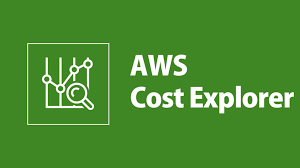
Description: AWS CloudTrail enables governance, compliance, and operational and risk auditing by logging all API calls made in an AWS account.
Use Case: Organizations can use CloudTrail to maintain visibility over their AWS resources, which supports governance and compliance efforts in line with the CAF.
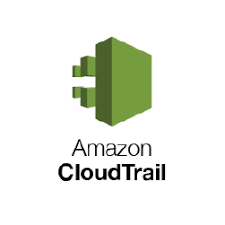
Description: This service provides real-time guidance to help users provision their resources following AWS best practices, focusing on cost optimization, performance, security, and fault tolerance.
Use Case: Organizations can use Trusted Advisor to identify opportunities for optimization and improvement, ensuring adherence to governance and operational excellence principles in the CAF.
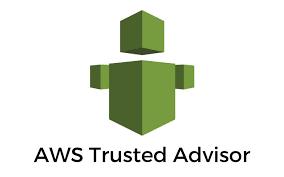
Description: AWS Control Tower automates the setup of a secure, multi-account AWS environment based on best practices.
Use Case: Organizations can utilize Control Tower to implement governance controls and manage compliance across multiple accounts, supporting the Governance perspective of the CAF.
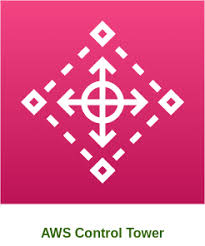
Description: This service provides a comprehensive view of security alerts and compliance status across AWS accounts, aggregating findings from various AWS services.
Use Case: Organizations can leverage Security Hub to monitor security posture continuously and ensure compliance with the Security perspective of the CAF.
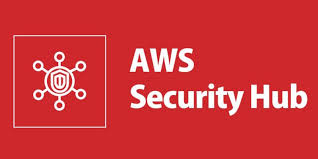
Description: AWS Artifact is a central resource for compliance-related information and reports, providing access to AWS compliance reports and security documentation.
Use Case: Organizations can use AWS Artifact to demonstrate compliance with regulatory requirements, aligning with the Governance perspective of the CAF.

Description: This service allows organizations to create and manage catalogs of IT services that are approved for use on AWS.
Use Case: Organizations can ensure governance by defining and managing the services that teams can provision, maintaining control over resources in line with the CAF.
Description: A collection of labs and workshops designed to help users implement best practices outlined in the AWS Well-Architected Framework.
Use Case: Organizations can engage teams in hands-on learning experiences to reinforce the principles of the CAF and enhance their cloud architecture skills.
Adopting the AWS Cloud Adoption Framework equips enterprises with the tools, insights, and best practices necessary to navigate their cloud transformation journeys successfully. By leveraging this framework, organizations can harness the full potential of the cloud, enabling innovation, agility, and strategic growth in an increasingly digital landscape. Embracing AWS CAF is not just about adopting cloud technology—it's about fostering a cloud-first mindset that positions enterprises for long-term success in a competitive market.
Within the AWS Framework, enterprises are encouraged to assess their current IT capabilities and align them with desired cloud outcomes. The AWS Framework is specifically designed to cater to complex organizational needs, addressing security, compliance, and operational challenges. By following the AWS Cloud Adoption Framework, companies can build a strong cloud foundation that accelerates growth while minimizing risks. Adopting the AWS Cloud Adoption Framework allows enterprises to implement best practices and optimize their cloud infrastructure for maximum performance and efficiency.
Confused about our certifications?
Let Our Advisor Guide You